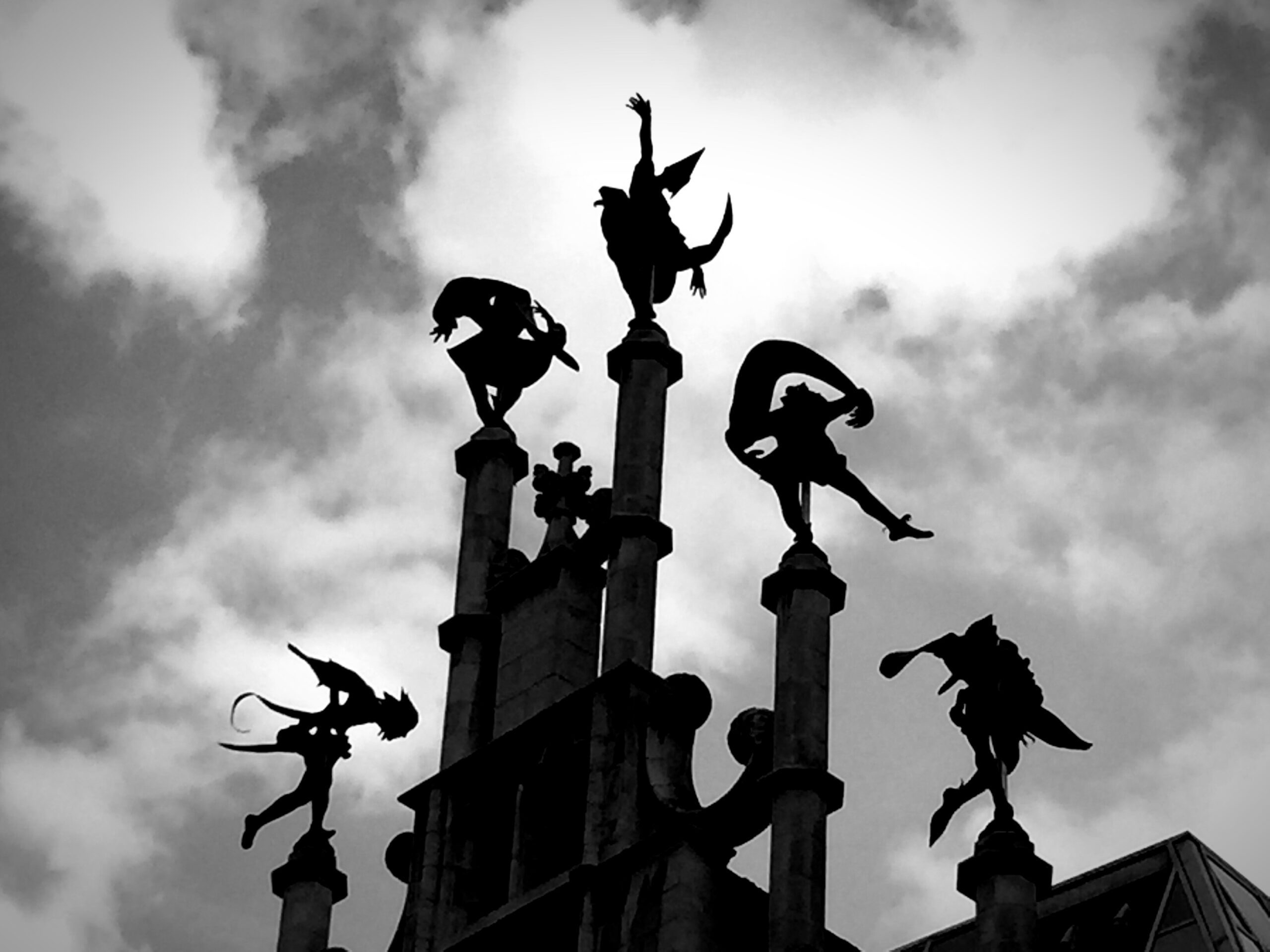
Homo Mythos
Johan Huizinger (2008) wrote about the propensity of human beings to engage in play. He coined the term homo ludens when describing this propensity. In my previous essay on the nature and function of dreams (Bergquist, 2022) I wrote about how dreams can help us engage this homo luden propensity. I wish to add another term to our lexicon about human propensities. This propensity is closely aligned with homo ludens. I propose that human beings can also be aligned with the phrase homo mythos.
We are myth makers—as Joseph Campbell (1991) and many other observers of cultures throughout the world have observed. In this capacity we are not just story tellers but also those who infuse our stories with mythic images and narratives. By introducing these cosmic images and narratives we elevate the stories to a level of eternal verity: they become relevant and valid for all times and places. These stories derive from and are linked to Jung’s archetypes. They might also be addressing the focal conflicts identified by French and Fromm. Even Freud’s dynamic warfare between Id, Ego and Superego may be repeatedly portrayed in ancient myths—and in the contemporary versions of these myths to be found in Hollywood productions.
Personal Myths
Our analysis can even go deeper. With our proclivity to emulate homo mythos, we might even be in the business of creating personal myths about ourselves. Carl Jung asks himself: What is the myth I am living? He explores the answer to this question in the many images he produces in the Red Book. I would expand his question by asking: what is the myth I have created and am now living? If we do create our own personal myth, then it would seem to be important that we better understand how our personal myth relates to and is energized by a collective myth. We might find that our dream is one of the domains in which this relationship is established and represented. Our dreams might even serve as an essential bridge between personal and collective myths.
How, for instance, is the role played by Robert Redford in Peter’s dream related to Peter’s personal myth. Hollywood’s image of Robert Redford is certainly a component of our collective myth regarding masculinity (the animus source of energy). Does Peter’s dream provide a bridge between his personal myth and the collective myth conveyed through Robert Redford? Does Peter somehow envision himself as being (or wanting to be) something of the rogue and risk-taking persona that is portrayed by Robert Redford in Butch Cassidy and other movies? Can Peter leap off the cliff with Robert because he knew that somehow Robert will always avoid serious injury in his movies? Is the Redford inside Peter someone who should be able to take a risk because he also will always come out without serious injury (and with eventual success)?
Carl Jung asked himself about the myth that he is living. Peter might similarly inquire about his life as a Redford-like risk-taker. How is he living this myth or is he living it at all? He might ask: do I really take risks—or do I just talk the game? Do I need someone to hold my hand before I leap off my cliffs? Is there a beach (and beautiful young woman) waiting for me—to cushion my fall and offer me some reward (or at least a moment of personal benefit and beauty)? There may be a related question: as a Robert Redford-type person, how do I (Peter) relate to women in my life?





